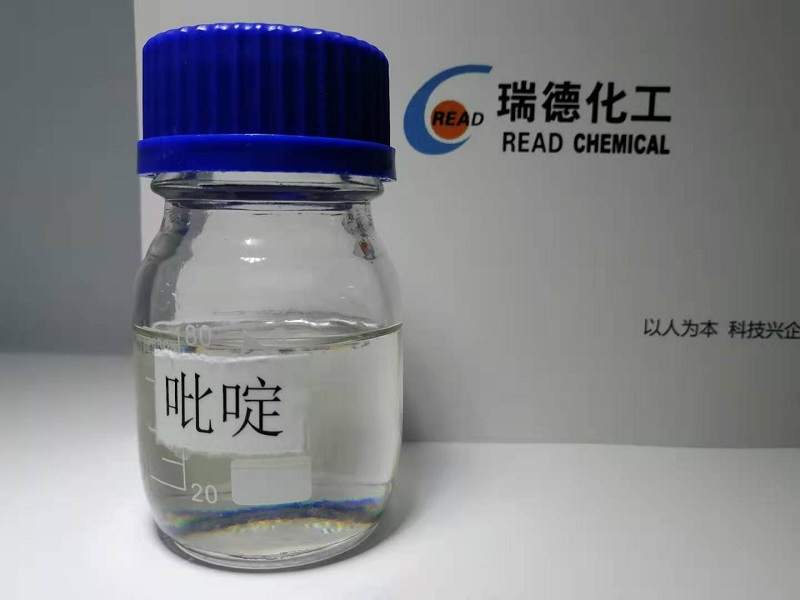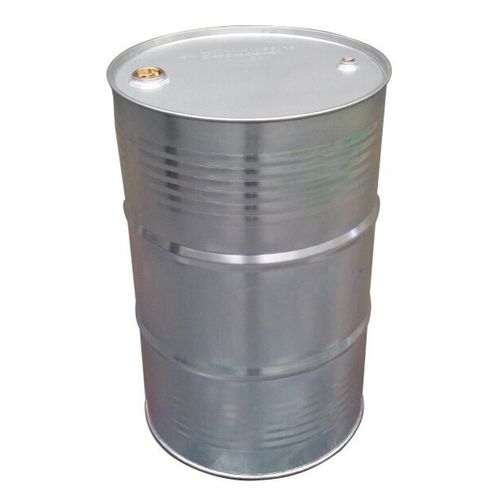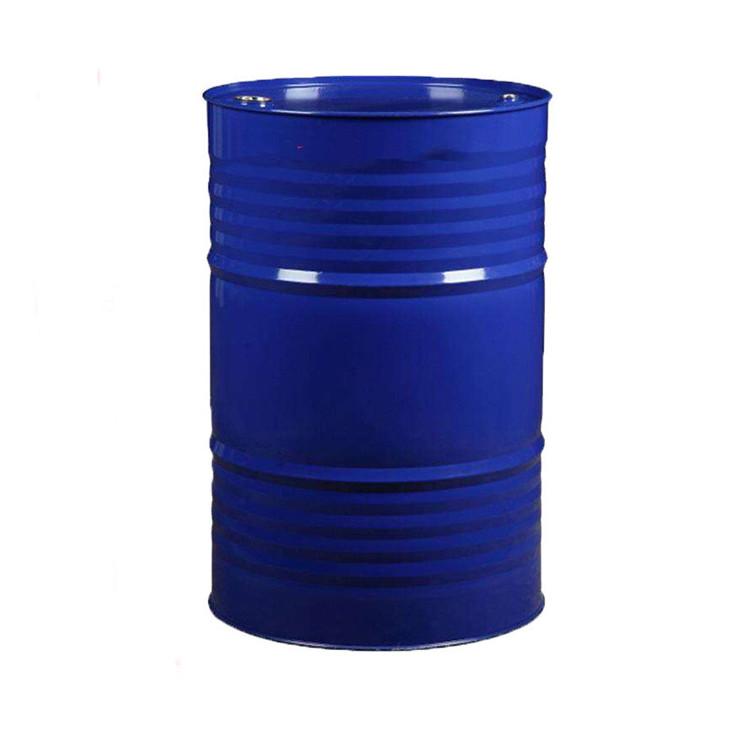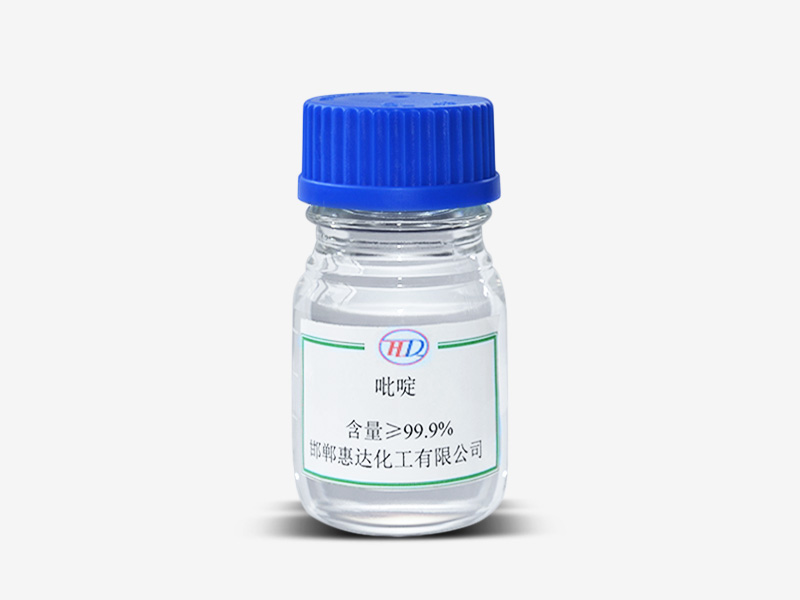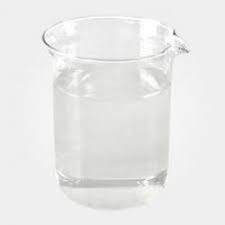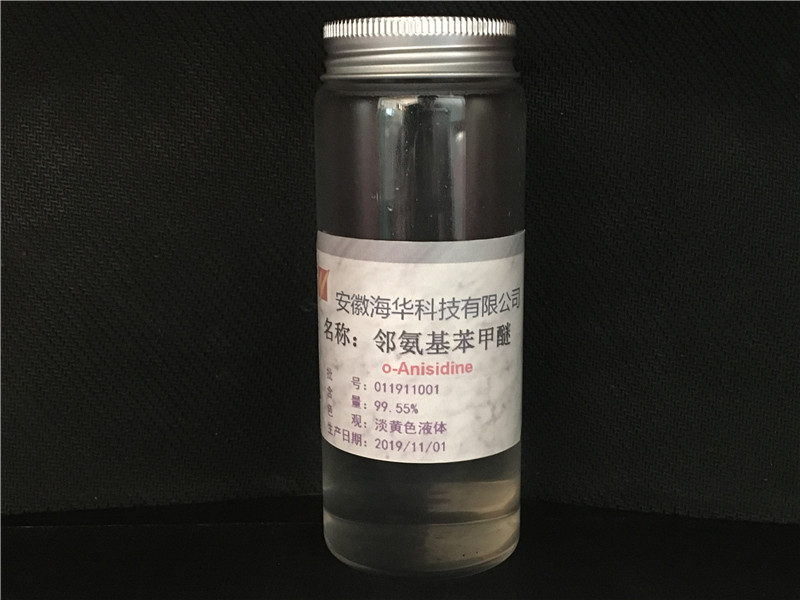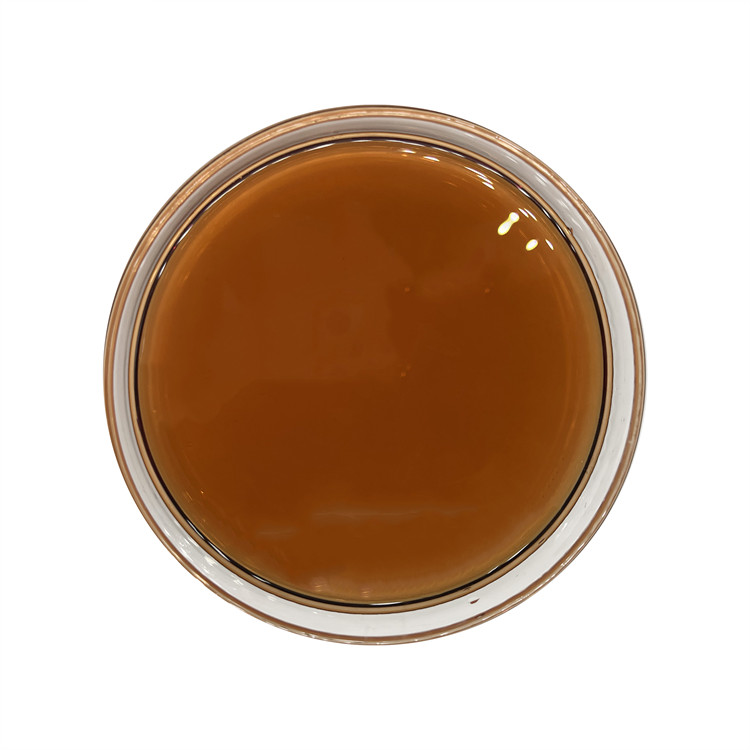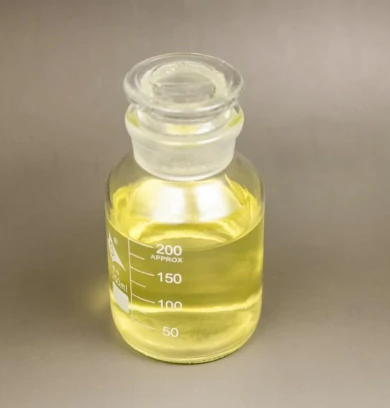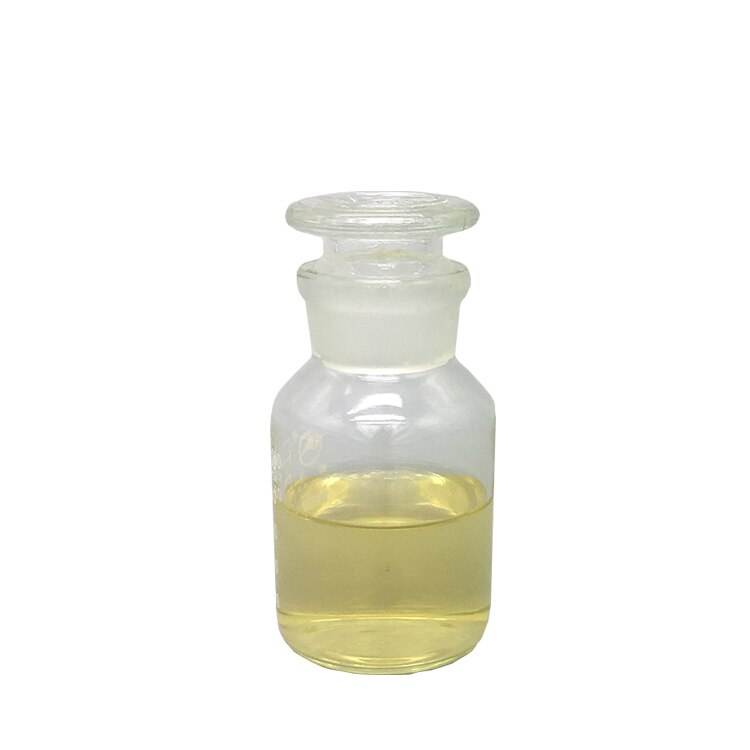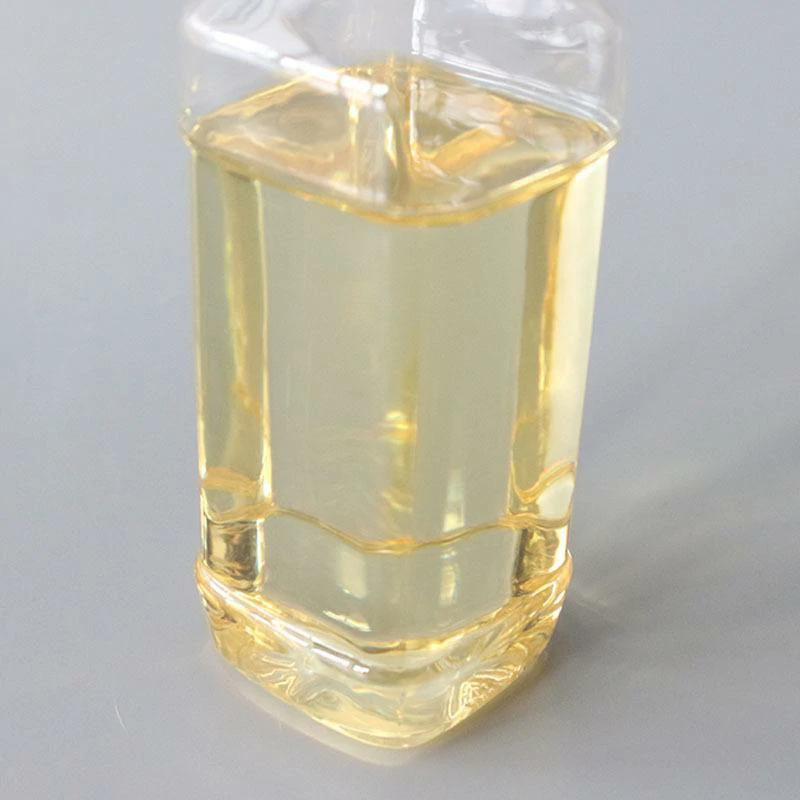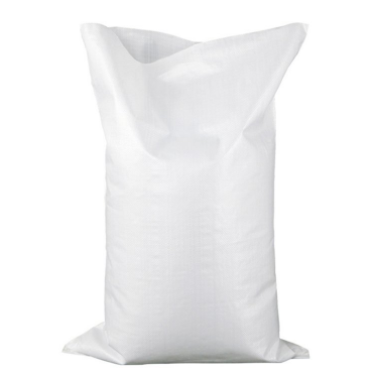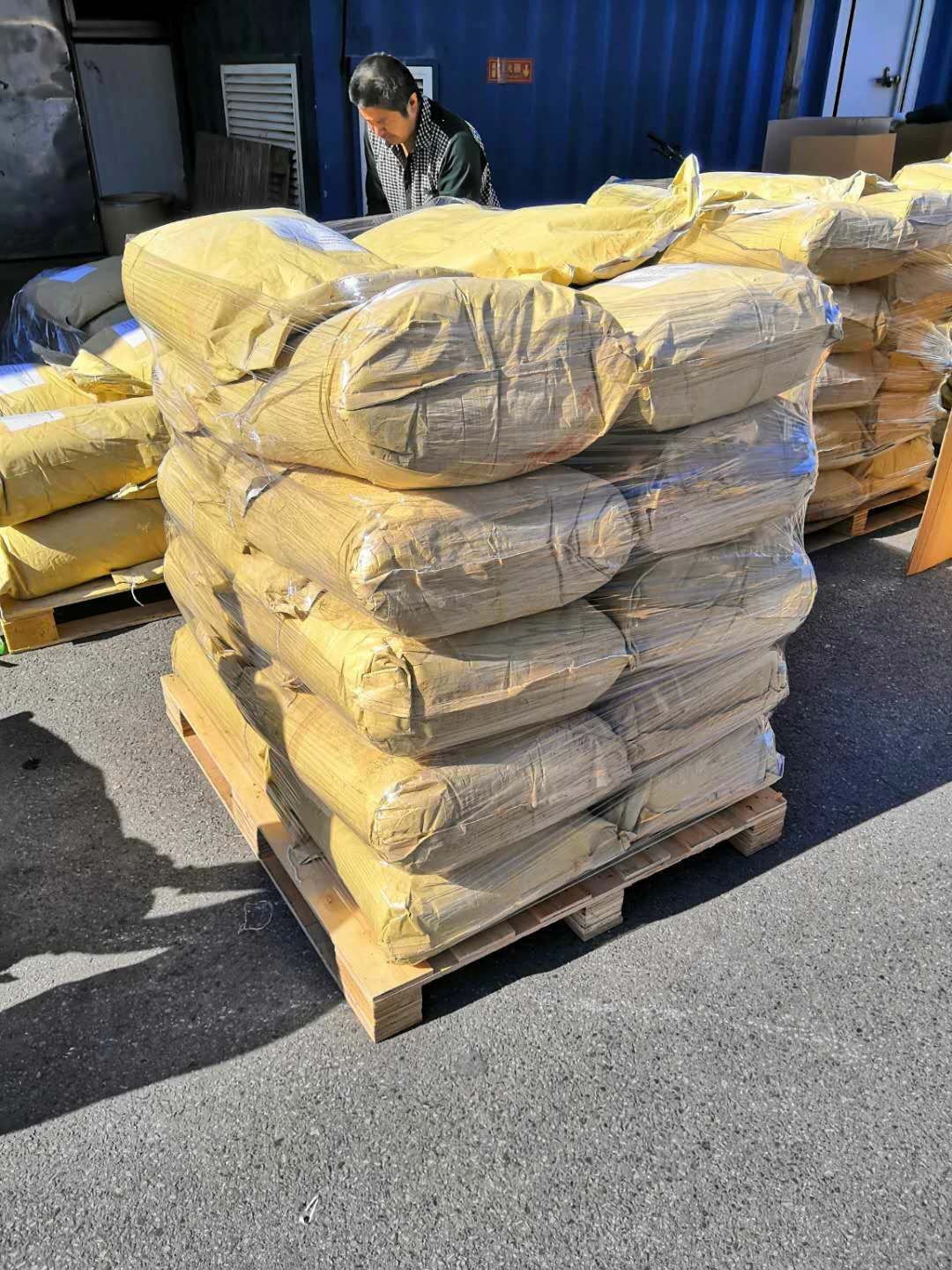Flavors and Fragrances
Find
74
related chemicals for you
CAS:110-86-1
Molecular Formula:C5H5N
Alias
More Information
Azabenzene; Azine; Pyridin; Piridina; Pirydyna; Pyridine Crude
Brief Introduction
Pyridine is a six membered heterocyclic compound containing one aza atom, that is, a compound formed by the substitution of one carbon in benzene molecule with nitrogen. It is similar to benzene in that it has the same electronic structure and still has aromaticity. Pyridine and its derivatives are more stable than benzene, and their reactivity is similar to nitrobenzene. Due to the electron absorption of nitrogen atoms in the ring, the electron density at positions 2, 4 and 6 is lower than that at positions 3 and 5. The typical aromatic electrophilic substitution reaction occurs at positions 3 and 5, but the reactivity is lower than that of benzene, so it is generally not easy to nitration, halogenation and sulfonation. In addition, these substitution reactions are carried out in acidic medium. Pyridine forms positively charged ions, which make electrophilic reagents inaccessible. The halogens of 2-or 4-halopyridines are active. Because of the low electron density at positions 2 and 6, nucleophilic substitution reactions can take place at these positions, such as reaction with sodium amino or potassium hydroxide, to give corresponding 2-aminopyridine or 2-hydroxypyridine. Pyridine can also be used as denaturant and dyeing aid in industry, as well as the starting material for synthesis of a series of products, including drugs, disinfectants, dyes, food seasonings, adhesives, explosives and so on. Pyridine is toxic, inhalation, ingestion or skin contact can lead to reduced male fertility, can also cause cancer.
Suppliers
View More Vendors (5) >
CAS:90-04-0
Molecular Formula:C7H9NO
Alias
More Information
2-Aminoanisole; 2-Anisidine; Benzenamine, 2-Methoxy-; O-Methoxyphenylamine; O-Anisole
Brief Introduction
Used as dye, perfume and medicine intermediate.
Suppliers
View More Vendors (5) >
CAS:121-69-7
Molecular Formula:C8H11N
Alias
More Information
Dimethylanilin; DMA; Dimethylphenylamine; N,N-Dimethylbenzenamine; N,N-Dimethylbenzeneamine; Aniline,N,N-Dimethyl; Phenyldimethylamine; N,N-Dimethyl-Aniline; Benzenamine,N,N-Dimethyl; N,N-Dimethylphenylamine; Aniline, N,N-Dimethyl-; Benzenamine,N,N-Dimethyl-; N,N-Dimethyl-Benzenamine; N,N-Dimethyl-N-Phenylamine; N,N-Dimethylacetate; N-Acetyldimethylamine
Brief Introduction
This product is an important dye intermediate. It can be used to prepare basic light yellow, basic violet 5bn, basic magenta green, basic lake blue BB, basic brilliant blue R, cationic red 2BL, brilliant red 5GN, purple 3bl, brilliant blue, etc. In the pharmaceutical industry, the product can be used to manufacture cephalosporin V, sulfa-b-methoxypyrimidine, sulfa-o-dimethoxypyrine, fluorocytosine, etc. It can be used to produce vanillin in perfume industry. It can also be used as raw materials of solvent, rubber vulcanization accelerator, explosive and some organic intermediates.
Suppliers
View More Vendors (4) >
<Invalid Value>
99.85%
/
Tech Grade
200kg
/
Iron Drum
CAS:123-08-0
Molecular Formula:C7H6O2
Alias
More Information
P-Hydroxybenzaldehyde; 4-Hydroxy Benzaldehyde; Hydroxybenzaldehyde, 4-(Rg); 4-Hydroxy Benzaldehy; para Hydroxy Benzaldehyde; Parahydroxy Benzaldehyde
Brief Introduction
4-Hydroxybenzaldehyde is an important intermediate of medicine, perfume and liquid crystal. Anisaldehyde can be prepared by reaction with dimethyl sulfate, 4-hydroxycinnamaldehyde can be prepared by reaction with acetaldehyde, and cinnamic acid can be prepared by further oxidation. This product can be used as perfume, pharmaceutical intermediate, liquid crystal raw material and other organic synthesis intermediate. The main use of 4-hydroxybenzaldehyde is in the perfume industry for the synthesis of vanillin, ethyl vanillin, eugenol, anisaldehyde and fupenone.
Suppliers
View More Vendors (4) >
Wuwei Hailun New Material Technology Co.,Ltd.
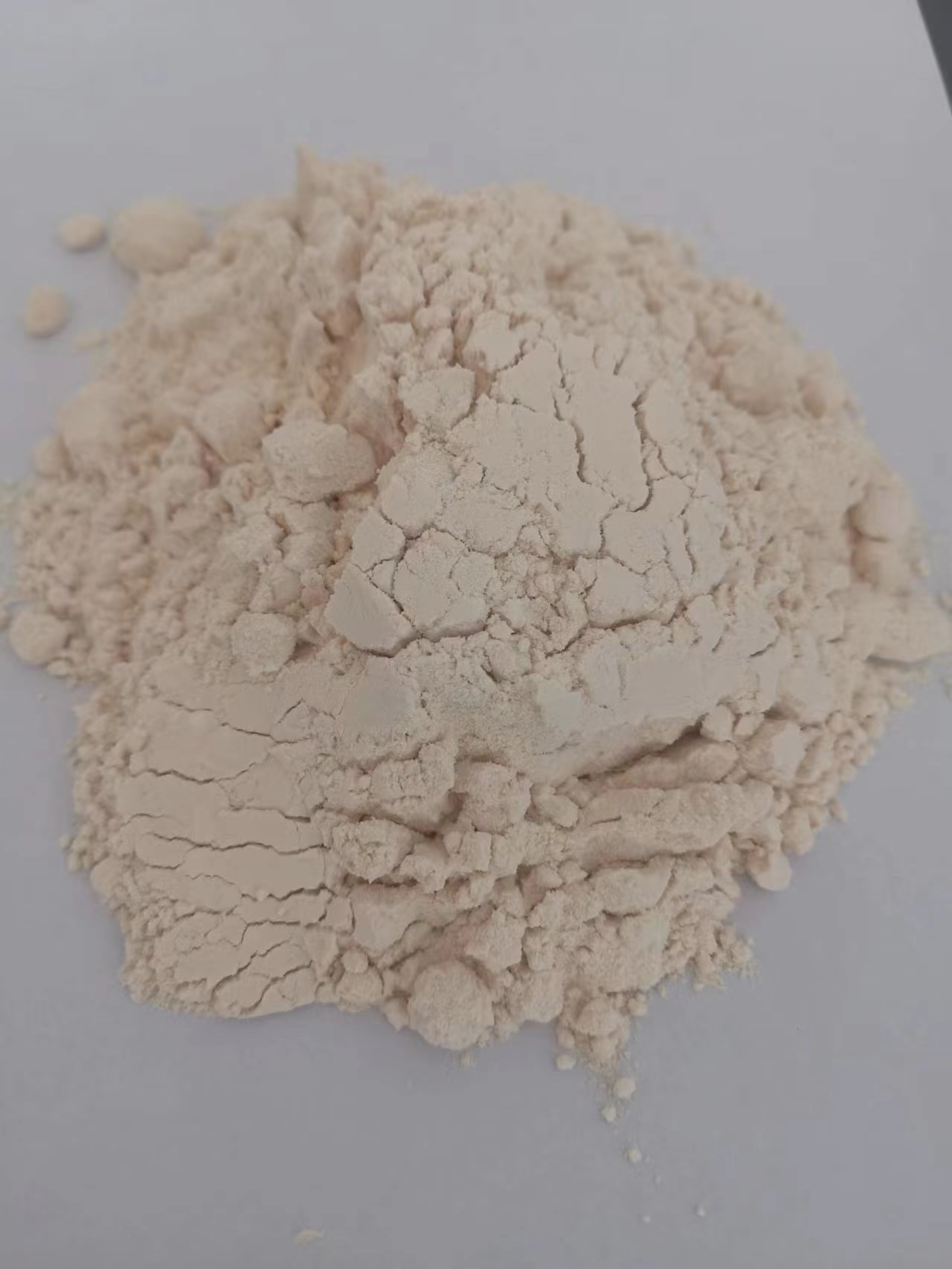
Assay≥99%
/
Tech Grade
25kg
/
Woven Bag
Poyang County Yida Technology Energy Co.,Ltd.
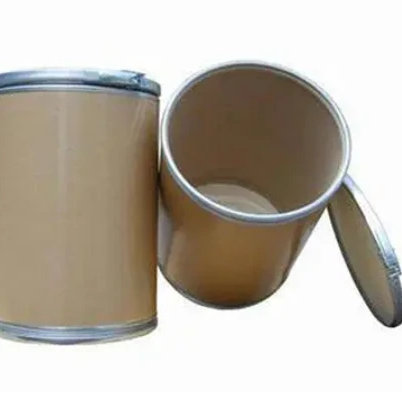
99%
/
Tech Grade
25kg
/
Fibre Drum
<Invalid Value>
/
/
-
CAS:611-20-1
Molecular Formula:C7H5NO
Alias
More Information
2-Cyanophenol; Salicylonitrile; O-Cyanophenol; 2-CP; 2-Cyano-Phenol
Brief Introduction
It can be used in the synthesis of pharmaceutical bunilol.
Suppliers
View More Vendors (3) >
Inquiry (
10
/ 10
)
Clear All
You can inquire for up to 10 products at a time
Sign In
Error!

